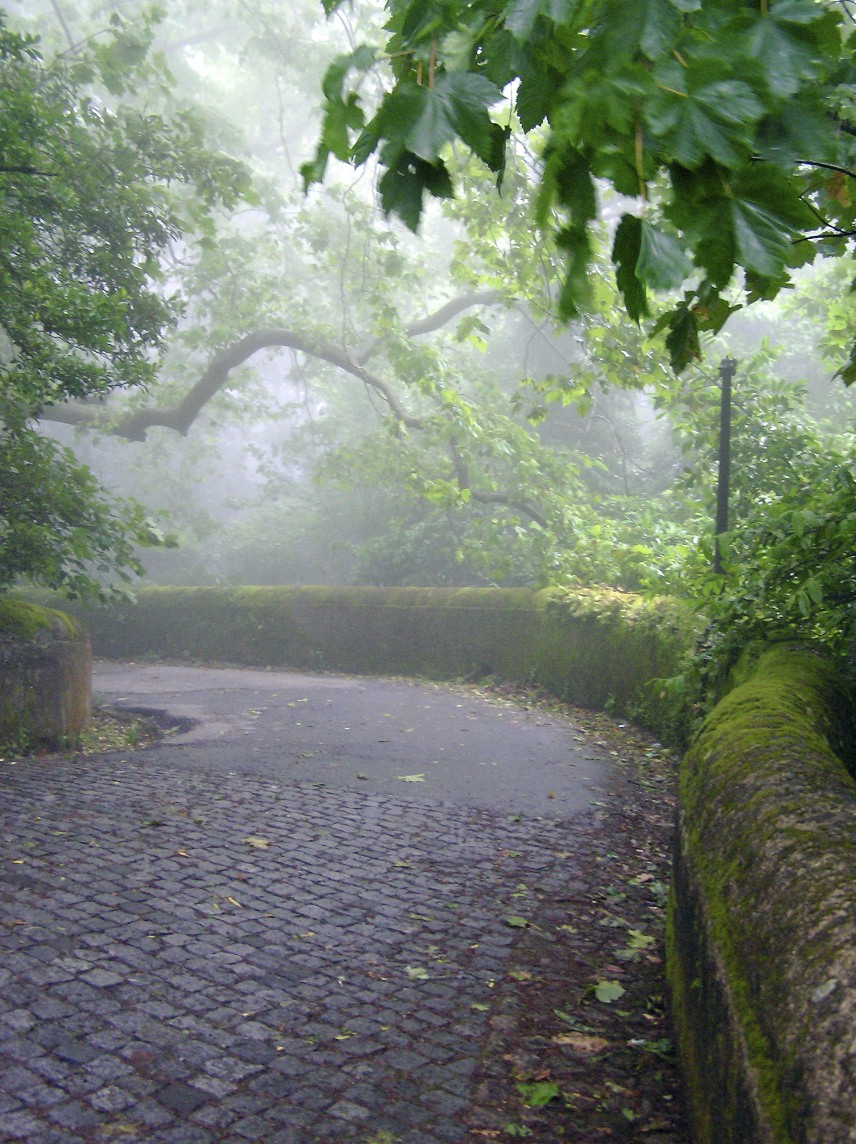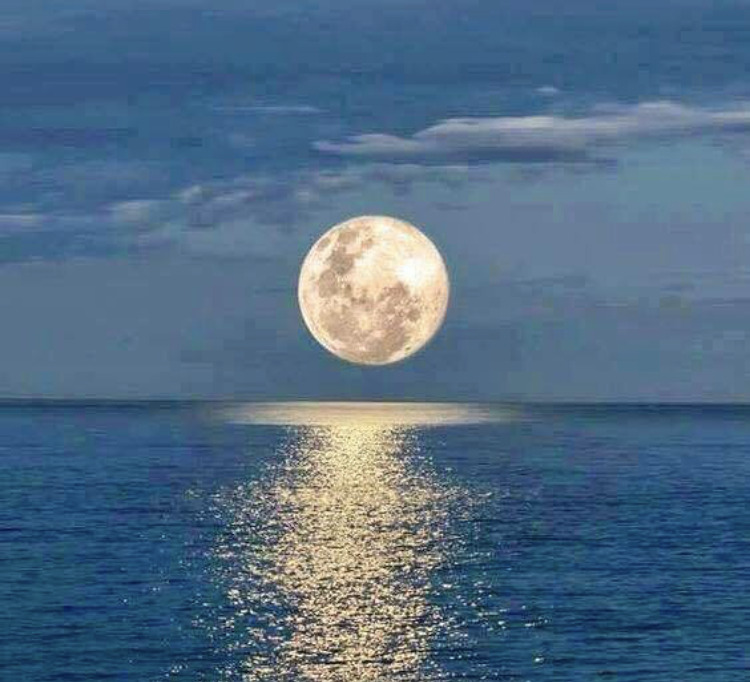
In many ways, sanctuaries are more important today than they were fifty years ago. There is a constant need for sanctuary throughout the history of any society. In most societies at most times, there are a sufficient number of forms and occasions for sanctuary to meet the needs of the society. However, there may be periods of change in which the normal forms of sanctuary are not available, and new ones have not yet been instituted within a society. These are moments when the breeze of freedom is blowing directly into our collective faces. During these periods there will be a felt need for finding new forms, or recovering old forms, of sanctuary. A study of any society may in the future show that there are cycles involving the renewal of old forms of sanctuary and the invention of new forms. There seems to be a great need for sanctuary at times of rapid change, between eras, or in times of turbulence. We certainly seem to be operating in such a world at the present time—given the pervasive presence of VUCA-Plus conditions.
What Sanctuary Does: The need for sanctuary seems to be established deep within our instinctual lives, in our DNA, deep within our bones, as it were. Every life form, including the planet Earth, lives in cycles (sometimes we call them circadian cycles). As the writer of Ecclesiastes noted, and the folk singer sang: “For everything there is a season and a time for every matter under heaven; . . . a time to keep silence, and a time to speak; . . . a time for war, and a time for peace. [Ecc.3.1-11]” What then are the appropriate seasons for sanctuary and what functions are served by sanctuary when it is found—and how do sanctuaries align with the opportunities and challenges posed by the breeze of freedom?
First, sanctuary enables us to stop, hide, get away, rest. We all need to stop. We need to stop physically, mentally, emotionally, and perhaps spiritually. Animals seem to spend a lot of time resting. They know how to stop physically. Children do too. So do adults who live near the equator. We northern (or southern) hemisphere adults seem to be the only creatures who have trouble learning to stop and rest. . . at least until we are forced to by illness or age.
Our bodies give us natural times of resting, and these (with a stretch of the imagination) could be called mini-sanctuaries or even nano-sanctuaries. The heart rests between beats, the lungs between breaths. Our days are interwoven with moments of rest, and hopefully reflection. When the day is over, we go into a major physical sanctuary called sleep. What a curse it can be for those with insomnia who cannot sleep! In sleep we not only rest, but some (from ancient sources of wisdom) say we commune with our deeper selves in dreams. Sleep seems to be for more than rest. Coupled with dreaming, sleep provides some kind of psychological adjustment and inner dialogue. Some researchers suggest that without sleep (and dreaming) we perish. (Walker, 2017)
We also need to stop being quite so conscious sometimes. We need mental rest. Some call it “veg’ing out,” or “zoning out,” or just “checking out.” But whatever it is, we are “out.” Actually, we alternate between consciousness and unconsciousness most of the time. Consciousness, real consciousness, is a recent and hard-won human achievement. We have only been truly conscious (whatever level of consciousness we have in fact achieved) for a few thousand years (Neumann, 1954). Consciousness was difficult to come by, and to this day it is hard to hold on to, hard to sustain. After only a few moments of genuine awareness, we are often flooded with lack of awareness. We come back to awareness a minute later and wonder “where we went”. What spouse hasn’t said to the other in a conversation, “Where did you go?”







